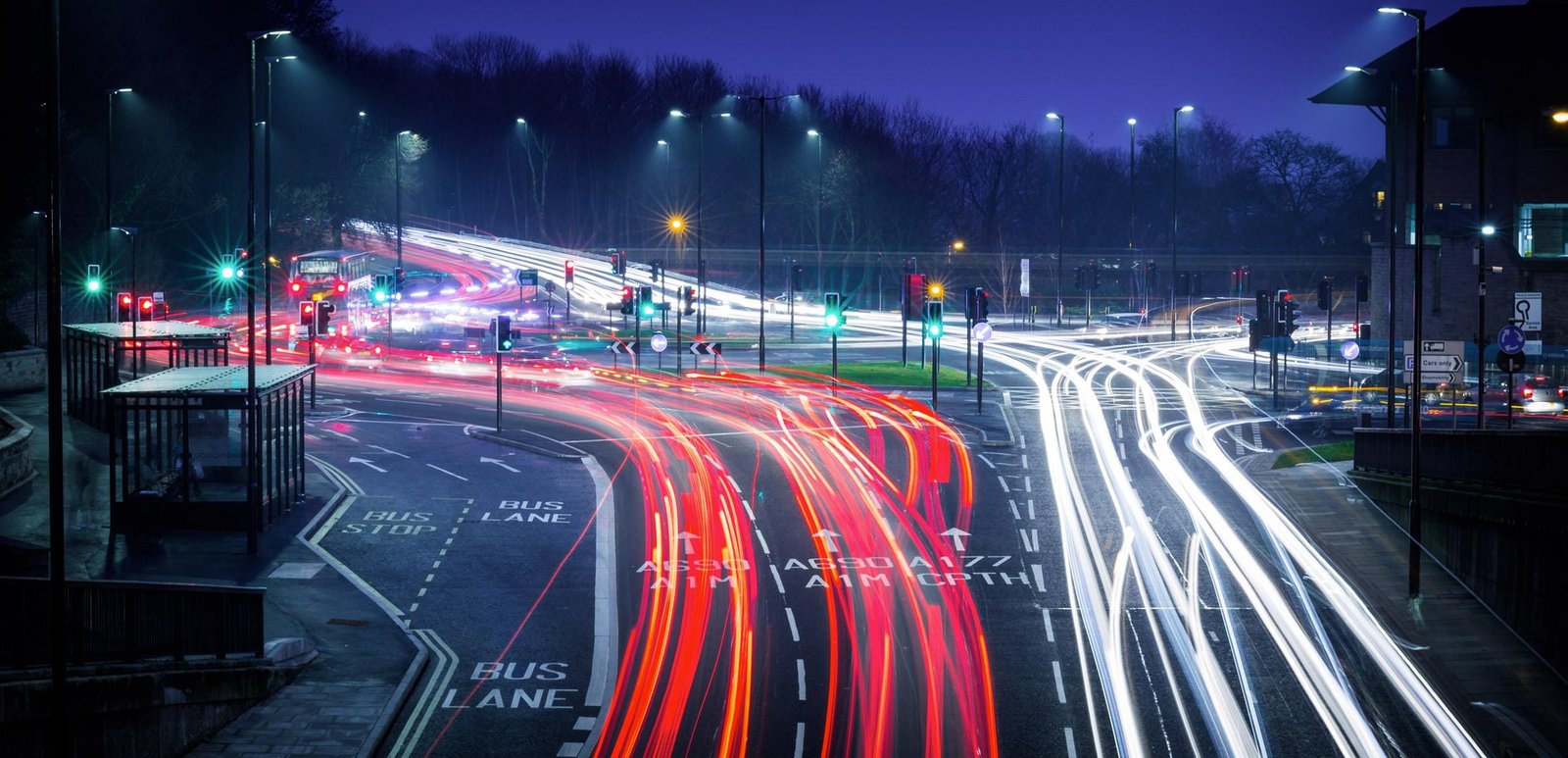Table of Contents
In a world where the roar of engines meets the hum of innovation, motorcycling stands on the brink of transformation. Beyond mere transportation, these two-wheeled machines are evolving into symbols of freedom, sustainability, and technological prowess. As we navigate through the uncertainties of the future, the landscape of motorcycling is being reshaped by advancements that promise a blend of performance and responsibility.
Electric propulsion, AI integration, and smart connectivity are not distant dreams; they are fast becoming realities. Manufacturers and riders alike are reimagining what it means to ride, igniting a revolution that spans from city streets to open highways. This exploration delves into the remarkable shifts on the horizon, highlighting how these changes could redefine not only the experience of riding but also our relationship with the environment and safety.
Embracing Electric Mobility in the Motorcycling World
The landscape of motorcycling is undergoing a transformative shift as electric mobility takes center stage. Quietly powerful and eco-friendly, electric motorcycles are redefining the ride. Many manufacturers are embracing cutting-edge technology, showcasing impressive performance and sleek designs that challenge traditional notions of what a motorcycle should be.
As riders become increasingly eco-conscious, the benefits of electric power are compelling. Consider the advantages:
- Zero emissions contribute to a cleaner environment.
- Lower operating costs compared to gas counterparts.
- Innovative features, including smart connectivity and regenerative braking.
Moreover, the evolution of charging infrastructure is key. Here’s a quick comparison of typical charging options:
| Charging Type | Charging Time | Best For |
|---|---|---|
| Home Charging | 6-8 Hours | Daily Riders |
| Level 2 Charging Stations | 2-4 Hours | Short Trips |
| DC Fast Charging | 30 Minutes | Long-Distance Travel |

Innovative Designs Shaping Rider Experience and Safety
The future of motorcycling is being transformed by innovative designs that prioritize both rider experience and safety. Advanced technologies, such as smart helmets equipped with heads-up displays, allow riders to receive real-time navigation and safety alerts. Meanwhile, manufacturers are focusing on lighter materials and ergonomic designs that enhance comfort and lessen fatigue during long rides.
Furthermore, intelligent connectivity is becoming the norm, enabling motorcycles to communicate with one another and surrounding infrastructure. Key features include:
- Automatic Emergency Braking
- Adaptive Cruise Control
- Tire Pressure Monitoring Systems
These advancements not only enhance safety but also foster a more engaging and intuitive riding experience, paving the way for a new era in motorcycling.

The Role of Smart Technology in the Evolution of Motorcycles
The integration of smart technology into motorcycles is reshaping the riding experience, merging convenience with safety. Modern bikes are now equipped with features like adaptive cruise control, automatic emergency braking, and electronic stability control, transforming how riders interact with their machines. These innovations not only enhance safety but also cater to a new generation of tech-savvy motorcyclists who seek connectivity and ease.
Moreover, the rise of smart helmets and wearable devices is making rides more immersive. These helmets come with built-in navigation, Bluetooth connectivity, and even augmented reality, allowing riders to access information hands-free. As manufacturers continue to embrace these advancements, the experience of riding will evolve, offering a blend of performance and modern technology that redefines what it means to ride a motorcycle.

Sustainable Practices for a Greener Riding Future
As the demand for eco-friendly motorcycling rises, manufacturers are exploring alternative energy sources to power their bikes. Electric motorcycles are leading this revolution, offering zero emissions and significantly reduced noise pollution. Innovations in battery technology are enhancing performance, enabling longer ranges, and faster charging times. These advancements are paving the way for urban commuting and long-distance rides alike, all while staying green.
In addition to electric options, sustainable practices in materials and design are becoming essential. Brands are prioritizing recyclable and biodegradable materials, ensuring that motorcycles leave a minimal carbon footprint throughout their lifecycle. Implementing circular economy principles, companies are also focusing on modular designs, facilitating easy repairs and upgrades. This approach not only benefits the environment but also offers riders versatile and cost-effective solutions.
Key Takeaways
As we navigate the exciting landscape of motorcycling’s future, it’s clear that innovation and sustainability are at the forefront. Riders around the globe can look forward to advancements that not only enhance the thrill of the ride but also contribute to a healthier planet.
Key takeaways include:
- Electric motorbikes offering a quieter and eco-friendly alternative.
- Smart technology integration for enhanced safety and connectivity.
- Modular designs providing customization and adaptability for riders’ needs.
Ultimately, the magic of motorcycling remains, but it evolves with the demands of a changing world. The challenge lies in embracing these changes while preserving the essence of freedom that the open road embodies.
With every turn of the throttle, we are not just riding—we are paving the way for the next generation of bikers and shaping a new era of exploration. The road ahead is as thrilling as ever, and adventure awaits on two wheels.



